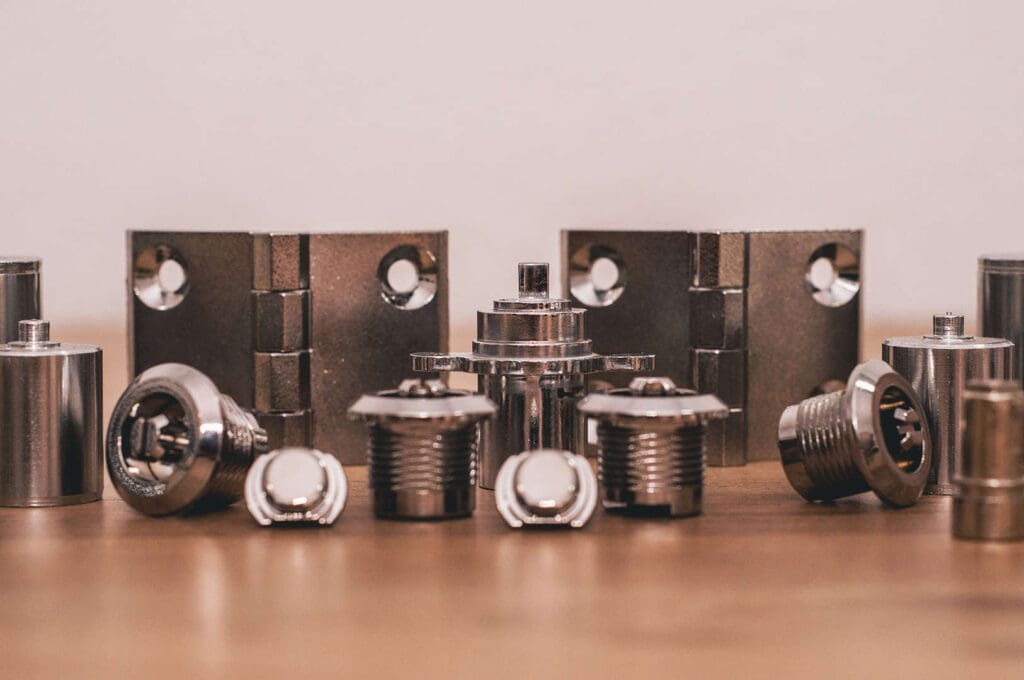
Propargyl chloride (CAS number 624-65-7), also known as 3-chloro-1-propyne, is an organic compound with the chemical formula C3H3Cl. It is a colorless liquid that is widely used in various industrial applications. In terms of safety, propargyl chloride is a highly reactive and toxic compound. It is flammable and can cause severe skin, eye, and respiratory irritation upon contact. Therefore, proper precautions and safety measures should be followed when handling and storing the compound.
Propargyl chloride is mainly used in the production of auxiliary brightener and leveling agent in the electroplating industry. Its function is to play the same role on a large scale. It is reflected in the wide range in the operation, and its function is to increase the uniformity of the coating and strengthen the filling ability of the low area. When mixed with primary brightener and secondary gloss agent, excellent results can be achieved.
Experimental Principle
When phosphorus trichloride reacts with alcohol, the mixture of monoester, bisester or triester of phosphite and hydrogen chloride are formed at first, and then the alkoxy bond in the ester is broken due to the tendency to form phosphoryl group (P=0), so the chloride ion reacts with the electrophilic alkyl in the ester molecule to form HCl.
Main Raw Materials
Propargyl alcohol, phosphorus trichloride, industrial grade kerosene, chemically pure pyridine.
Synthetic Route
Pour 20 g kerosene into the 100 mL reaction bottle with reflux cooling device, and then pour 35 g phosphorus trichloride into the reaction bottle, stir and cool until below 10 ᵒC.
Weigh 35 g propargyl alcohol, add 8 g pyridine, stir, and mix with a glass rod, then slowly drop it into the reaction bottle, control the dripping speed so that the reaction temperature can not exceed 15 ᵒC. After dripping for 3 hours, continue the reaction for 1 h, remove the cooling, slowly raise the temperature to 40 ᵒC, keep the reaction for 1 h, and then distillation to collect 54~60 ᵒC fractions. The front fraction and the back fraction are recovered and steamed together. Kerosene has been cleared and reused. The product was merged, and the yield was calculated.
Application of Propargyl Chloride in Electroplating
Electroplating is a process in which a metal coating is deposited onto an object’s surface using an electric current. Propargyl chloride can be used as an additive in the electroplating process to improve the plating quality or enhance specific properties of the plated metal coating. Here are a few ways in which propargyl chloride can be applied in electroplating:
Overall, the application of propargyl chloride in electroplating helps to improve the quality, appearance, and performance of the plated metal coating. It allows for more efficient and cost-effective plating processes in various industries, including automotive, electronics, aerospace, and decorative applications.
Propargyl Chloride CAS 624-65-7